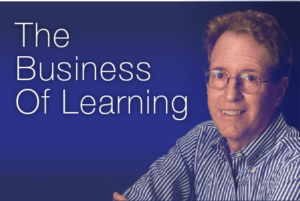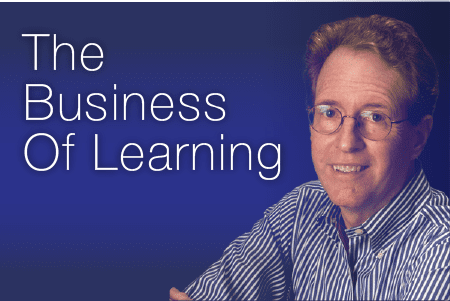 One speaker at the 2017 Association for Talent Development International Conference in Atlanta said this about learning and development functions: “We don’t own content and aren’t managing learning. That power long ago shifted from the learning department to individual employees.”
One speaker at the 2017 Association for Talent Development International Conference in Atlanta said this about learning and development functions: “We don’t own content and aren’t managing learning. That power long ago shifted from the learning department to individual employees.”
The point was that there is an opportunity for CLOs to assume broader responsibility for other talent processes such as talent acquisition and organizational development since learning has shifted to employees.
I agree that CLOs are well positioned to expand their scope – and probably the best positioned in the organization to lead an integrated talent acquisition and development function. But the broad assertion about the end of L&D as we know it still troubles me.
That statement may be true for an L&D department which has responsibility only for general learning not aligned to company goals other than perhaps employee engagement. In this case, the L&D department would offer a catalog of courses, either internally developed or externally purchased, and employees would select what they want to improve their performance or satisfy an interest.
Learning aligned with company goals would be managed by other departments. The sales department would manage all sales-related learning, quality control would manage all quality-related learning and HR would manage all compliance-related learning. In this model, the L&D department never managed learning to begin with. They simply offered a catalog and tracked what employees took.
I agree that advances in digital learning offered outside the company will soon make this model obsolete. In the future, employees will be able to find their general learning outside the company and the L&D department will no longer own that content.
That statement, however, is not true now nor should it be in the future for L&D departments which offer learning aligned to company goals and important business or HR needs. In many companies, the L&D department is responsible for the content and management of learning to increase sales, improve quality, reduce injuries, improve leadership, achieve compliance targets, onboard employees, provide basic skills and meet other important company goals.
Why would a company have its L&D department abandon this important role as a strategic business partner? Why would it be better to have employees figure out their needs on their own, especially new hires or employees new to a position, when experienced leaders already know what employees will need to be successful in the job?
Further, some knowledge is proprietary and simply not available outside the company. And, let’s face it, real impact on company goals requires more than access to content. It requires a well-conceived and executed program to target a particular need, convey the required knowledge or skills and then reinforce the desired behavior. It actually takes a lot of effort to manage learning for results, none of which occurs in the employee self-directed model.
I agree that in the future we will not need to own general content unaligned to company goals. Employees will be able to find the content of interest to them outside the company. However, I do believe we should continue to own critical content and that there will always be an important role for L&D departments to manage learning aligned to company goals and needs.
David Vance is the executive director for the Center for Talent Reporting, founding and former president of Caterpillar University and author of “The Business of Learning.” He can be reached at editor@CLOmedia.com.















